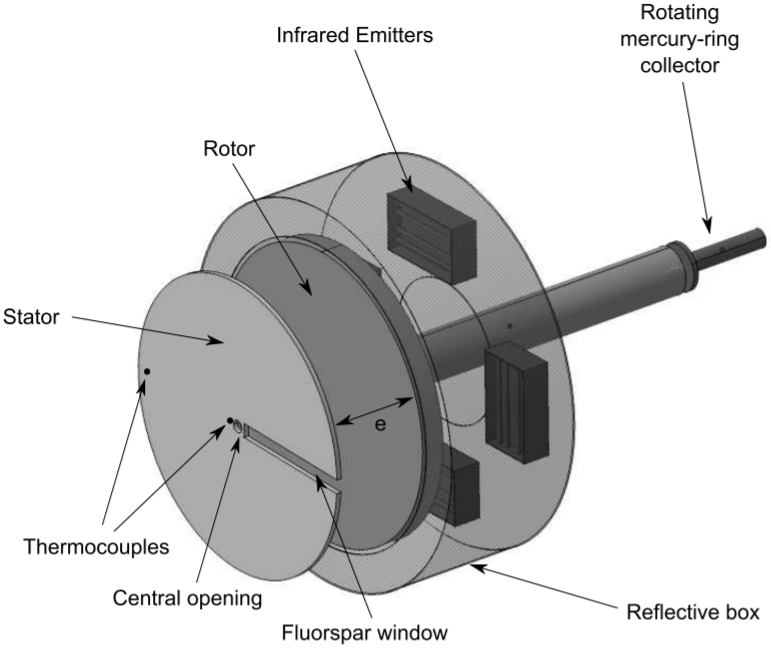International Journal of Heat and Fluid Flow, Elsevier, 2013
New calculations using an innovative Reynolds Stress Model are compared to velocity measurements performed by Particle Image Velocimetry technique and the predictions of a k–w SST model in the case of an impinging jet flow onto a rotating disk in a discoidal and unshrouded rotor–stator system. The cavity is characterized by a dimensionless spacing interval G = 0.02 and a low aspect ratio for the jet e/D = 0.25. Jet Reynolds numbers ranging from 1.72e4 to 4.3e4 and rotational Reynolds numbers between 0.33e5 and 5.32e5 are considered. Three flow regions have been identified: a jet-dominated flow area at low radii characterized by a zero tangential velocity, a mixed region at intermediate radii and rotation-dominated flow region outwards. For all parameters, turbulence, which tends to the isotropic limit in the core, is much intense in a region located after the impingement zone. A relative good agreement between the PIV measurements and the predictions of the RSM has been obtained in terms of the radial distributions of the core-swirl ratio and of the turbulence intensities. The k–w SST model over-estimates these flow characteristics in the jet dominated area. For the thermal field, the heat transfers are enhanced in the jet dominated region and decreases towards the periphery of the cavity. The jet Reynolds number appears to have a preponderant effect compared to the rotational one on the heat transfer distribution. The two RANS modelings compare quite well with the heat transfer measurements for these ranges of parameters.
https://www.sciencedirect.com/science/article/pii/S0142727X13001975

